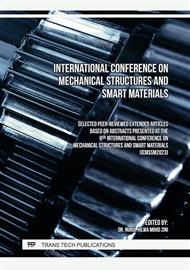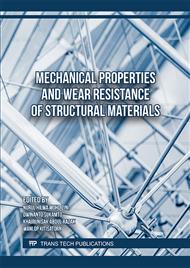p.63
p.71
p.79
p.89
p.95
p.103
p.109
p.115
p.125
The Influence of Pipe Thickness on the Quality of Welded Joints
Abstract:
In this article, we aim to investigate the effect of pipe thickness on the deformation of welded joints in tubular structures. To this end, pipes with a diameter of 60 mm and a length of 215 mm will be utilized in both simulation and experimental processes. The Tungsten Inert Gas (TIG) welding method, known for its high-quality welds, will be employed to join the two steel pipes. The study will be conducted with four different pipe thicknesses: 2.5 mm, 3.2 mm, 4.0 mm, and 5.2 mm, to cover a wide range of thicknesses commonly used in industrial applications. In addition, to validate the accuracy of the simulation method, experimental tests will be carried out for selected simulated cases. The results of the study indicate that structures with thinner pipe walls exhibit higher residual temperatures and stresses, which leads to more deformation. Therefore, it is crucial to consider the pipe thickness when designing and welding tubular structures. After comparing the deformation results obtained from both simulation and experimental tests, we conclude that the simulation method is an effective tool for predicting the deformation of welded joints in tubular structures. By utilizing simulation methods, engineers can optimize the welding parameters and select the appropriate pipe thickness to minimize deformation and ensure the structural integrity of tubular structures.
Info:
Periodical:
Pages:
95-100
Citation:
Online since:
October 2023
Authors:
Price:
Сopyright:
© 2023 Trans Tech Publications Ltd. All Rights Reserved
Share:
Citation:



